
Worst Countries for Women Are you aware of the state of women’s rights in different parts of the world? Unfortunately, there are still some countries where women face severe oppression, discrimination, and violence. These places are considered the worst countries for women. This article aims to shed light on this critical issue and explore the harsh reality of women living in these countries.

Introduction
Worst countries for women – Women’s rights have come a long way over the years, with several countries promoting gender equality and ensuring women’s rights to education, healthcare, and work. However, there are still numerous places where women face severe challenges, making it difficult for them to exercise their basic human rights. The World Atlas report on the ten worst countries for women highlights the need for global action to eradicate gender-based violence and discrimination.
Below are the lists of the 10 Worst Countries for Women
1. Afghanistan
2. Syria
3. Yemen
4. Pakistan
5. Somalia
6. Sudan
7. Mali
8. Iraq
9. Central African Republic
10. Democratic Republic of Congo
Afghanistan: The Worst Place for Women
 Photo-Reuters/Ahmad
Photo-Reuters/Ahmad
Afghanistan tops the list of the worst countries for women. The country’s long history of war and conflict has left women facing severe oppression, including domestic violence, forced marriages, and lack of education. The Taliban’s rule in the country has further worsened the situation, with women facing strict restrictions on dress codes, movement, and access to healthcare.
The brutal treatment of women in the Taliban, including restrictions on their movement and access to education, and subjecting them to public flogging or execution. Despite the international community’s efforts to promote gender equality and empower Afghan women, the situation remains dire, and the future looks bleak for them. Afghanistan has 0.340 and a rating of (170/170)
Syria: A Country in Chaos
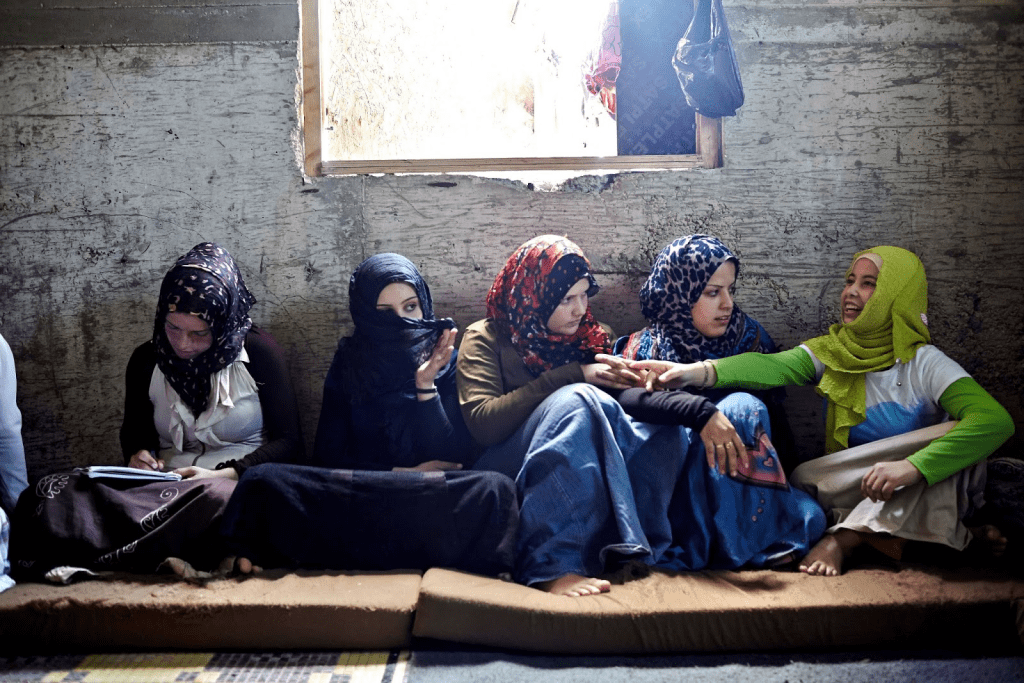
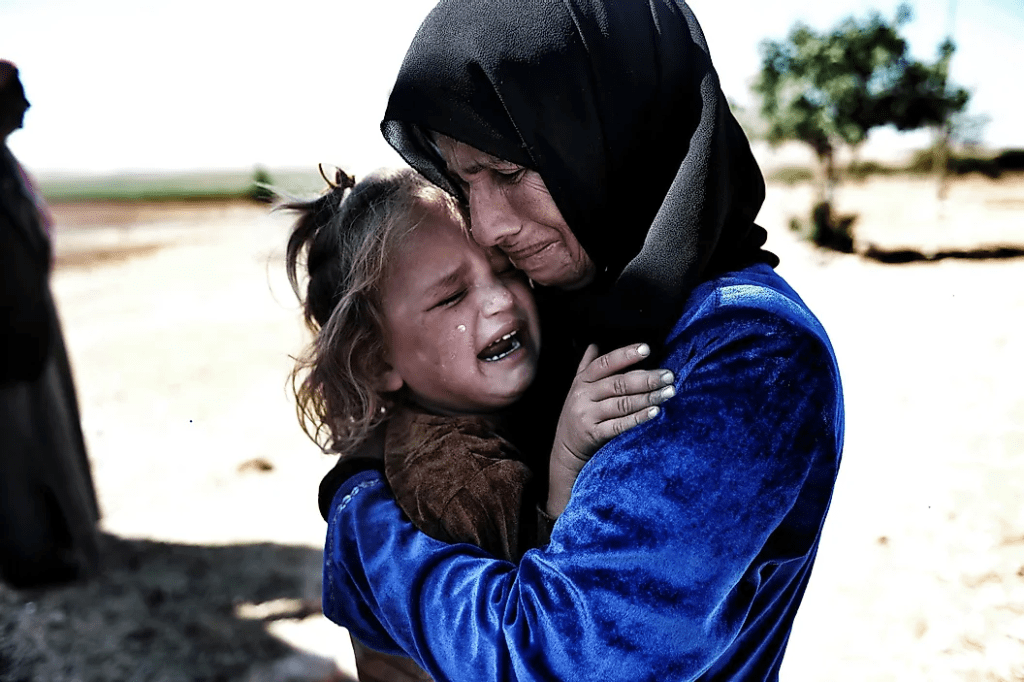
Syria is another country where women face severe challenges. The ongoing civil war has resulted in a severe humanitarian crisis, with women facing high levels of violence and sexual abuse. Women who have fled the conflict are often subjected to forced marriages, sexual exploitation, and trafficking.
Women’s access to education and healthcare has significantly decreased, and they are underrepresented in decision-making processes. The collapse of the Syrian economy has also led to increased poverty rates and worsening conditions for women and girls. Syria is among the worst countries for women with 0.430 and a rating of (168/170)
Yemen: A Bleak Situation for Women
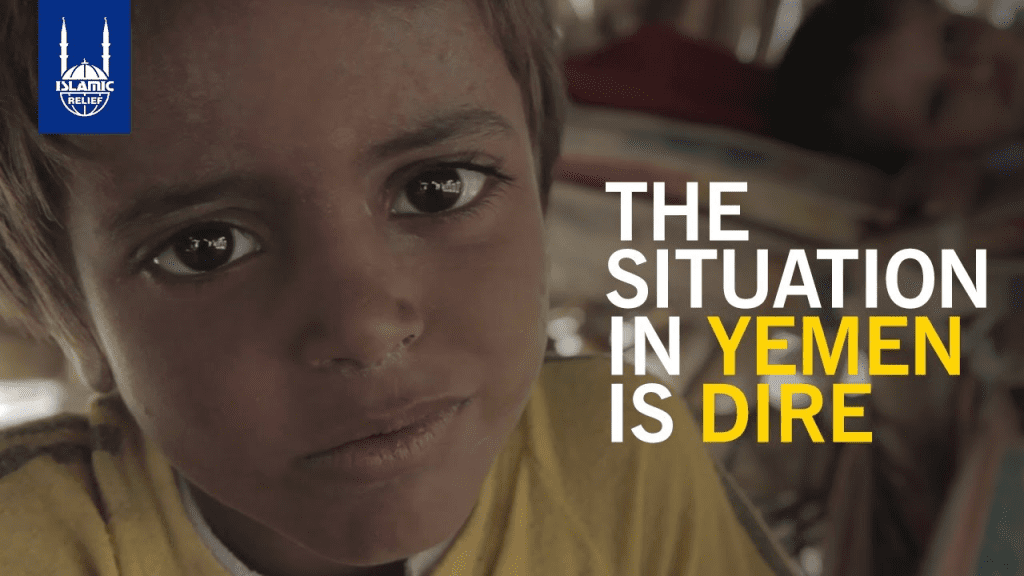
Yemen is another country where women face significant challenges. The ongoing conflict has left women vulnerable to sexual violence, forced marriages, and trafficking. The lack of access to healthcare and education has further worsened the situation for women in the country.
Yemen is the second-worst country for women due to its longstanding patriarchal society and ongoing conflict, which has further deepened gender disparities with 0.425 and a rating of (169/170).
READ ALSO- 6 BENEFITS OF EXERCISE FOR A HEALTHY LIFESTYLE
Pakistan: A Country of Deep-Seated Patriarchy
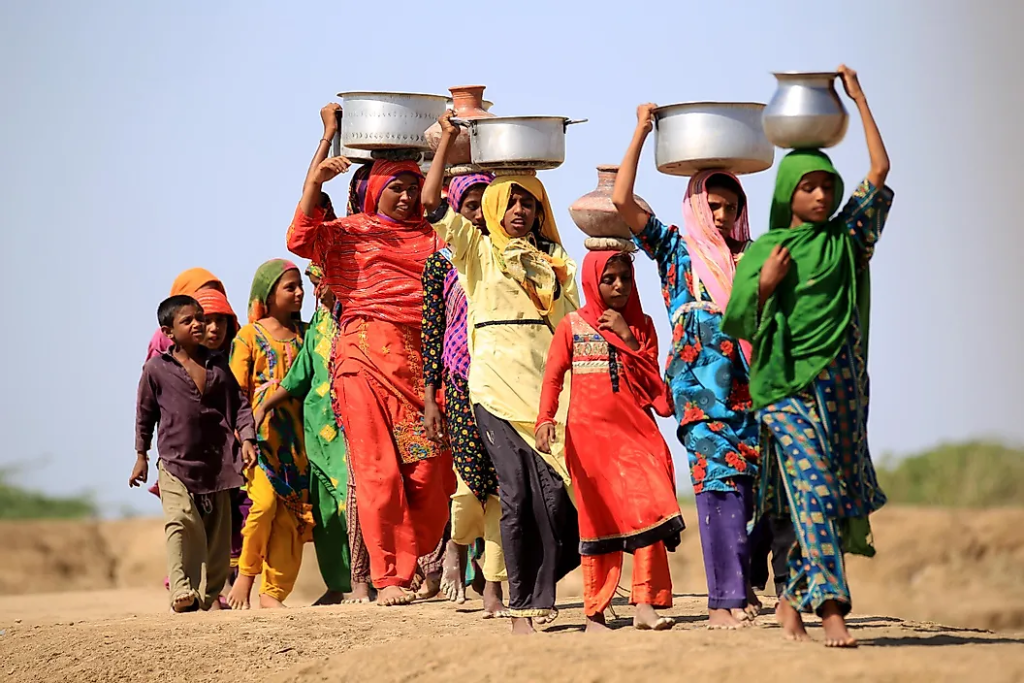
Pakistan is a country with deep-seated patriarchal attitudes, where women are often subjected to domestic violence, honour killings, and forced marriages. Women’s access to education and work is also limited, with most women living in poverty and facing severe discrimination.
Women’s rights activists have been targeted and harassed, and the government’s response to violence against women has been inadequate. Pakistan has 0.439 and a rating of (167/170) on the list of worst countries for women.
Somalia: A Country of Widespread Violence
Somalia is a country where women face high levels of violence and discrimination. The country’s ongoing conflict has resulted in severe humanitarian crises, with women often targeted for sexual abuse, forced marriages, and trafficking.
Sudan: A Country with High Rates of Female Genital Mutilation
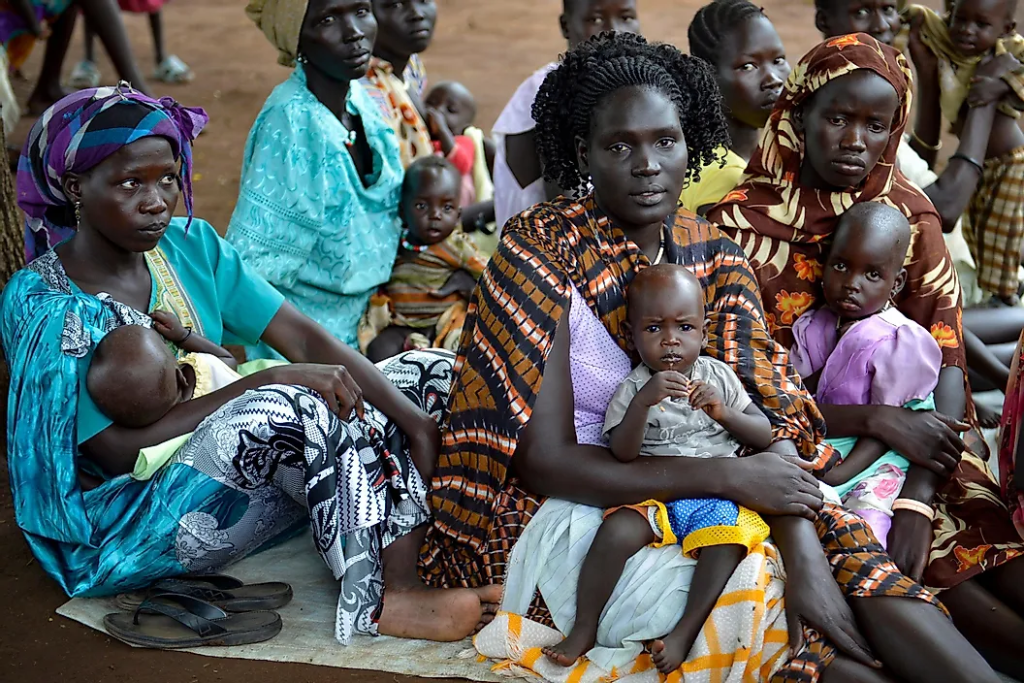
Sudan is a country where female genital mutilation (FGM) is still prevalent. Women who undergo FGM often suffer severe health consequences, including infections, infertility, and even death. Women in Sudan also face severe restrictions on dress codes, movement, and access to education.
Mali: A Country with High Rates of Child Marriage

Mali is a country where child marriage is prevalent, with over half of girls married before the age of 18. Child brides often face severe health consequences, including complications during pregnancy and childbirth. Women in Mali also face severe restrictions on dress codes, movement, and access to education.
Iraq: A Country with High Rates of Domestic Violence
Iraq is a country where domestic violence is prevalent, with women often subjected to severe physical abuse. Women’s access to education and work is also limited, with most women living in poverty and facing severe discrimination.

Central African Republic: A Country with High Rates of Sexual Violence
The Central African Republic is a country where women face high levels of sexual Democratic Republic of Congo: A Country with High Rates of Rape and Sexual Violence.
The Democratic Republic of Congo

Another country on the list of worst countries for women is the Democratic Republic of Congo, where women face high levels of rape and sexual violence. The ongoing conflict in the country has left women vulnerable to abduction, forced marriages, and trafficking. Women who have experienced sexual violence often suffer severe physical and psychological trauma.
The Impact of These Challenges on Women
The challenges faced by women in these countries have severe impacts on their physical and mental health, their education and work opportunities, and their overall quality of life. Women in these countries often live in poverty, with limited access to healthcare, education, and job opportunities. The lack of political will and resources to address these challenges further exacerbates the situation.
Frequently Asked Questions (FAQs)
1. Why are these countries considered the worst for women?
These countries are considered the worst for women due to the high levels of violence, discrimination, and oppression faced by women. Women in these countries have limited access to healthcare, education, and work opportunities, making it difficult for them to exercise their basic human rights.
2. What can be done to improve the situation for women in these countries?
Improving the situation for women in these countries requires a concerted effort from the global community. This includes supporting local organizations working to promote women’s rights, providing access to education and healthcare, and addressing the root causes of gender-based violence and discrimination.
3. Are there any success stories in improving women’s rights in these countries?
While progress has been slow, there have been some success stories in improving women’s rights in these countries. For example, Afghanistan has seen an increase in women’s education and political participation in recent years. However, much more needs to be done to ensure gender equality and eliminate gender-based violence.
4. How can individuals help to support women’s rights in these countries?
Individuals can support women’s rights in these countries by supporting local organizations working to promote gender equality, raising awareness about the challenges faced by women in these countries, and advocating for policy changes that prioritize women’s rights.
5. What role can governments and international organizations play in addressing these challenges?
Governments and international organizations have a critical role to play in addressing the challenges faced by women in these countries. This includes providing resources to support women’s education and healthcare, promoting gender equality, and holding perpetrators of gender-based violence accountable.
6. Why is it essential to address these challenges and promote women’s rights globally?
Addressing these challenges and promoting women’s rights globally is essential to ensuring that all individuals, regardless of gender, can exercise their basic human rights. It is also critical for promoting economic and social development, reducing poverty, and creating more peaceful and stable societies.
My Final Words
The reality of women living in the worst countries for women is shocking and unacceptable. The challenges faced by women in these countries are a stark reminder of the work that needs to be done to ensure gender equality and eliminate gender-based violence and discrimination. It is time for the global community to take action and support women’s rights in these countries and beyond.
JOIN OUR TELEGRAM CHANNEL FOR MORE EXCLUSIVE ARTICLES AND UPDATES




